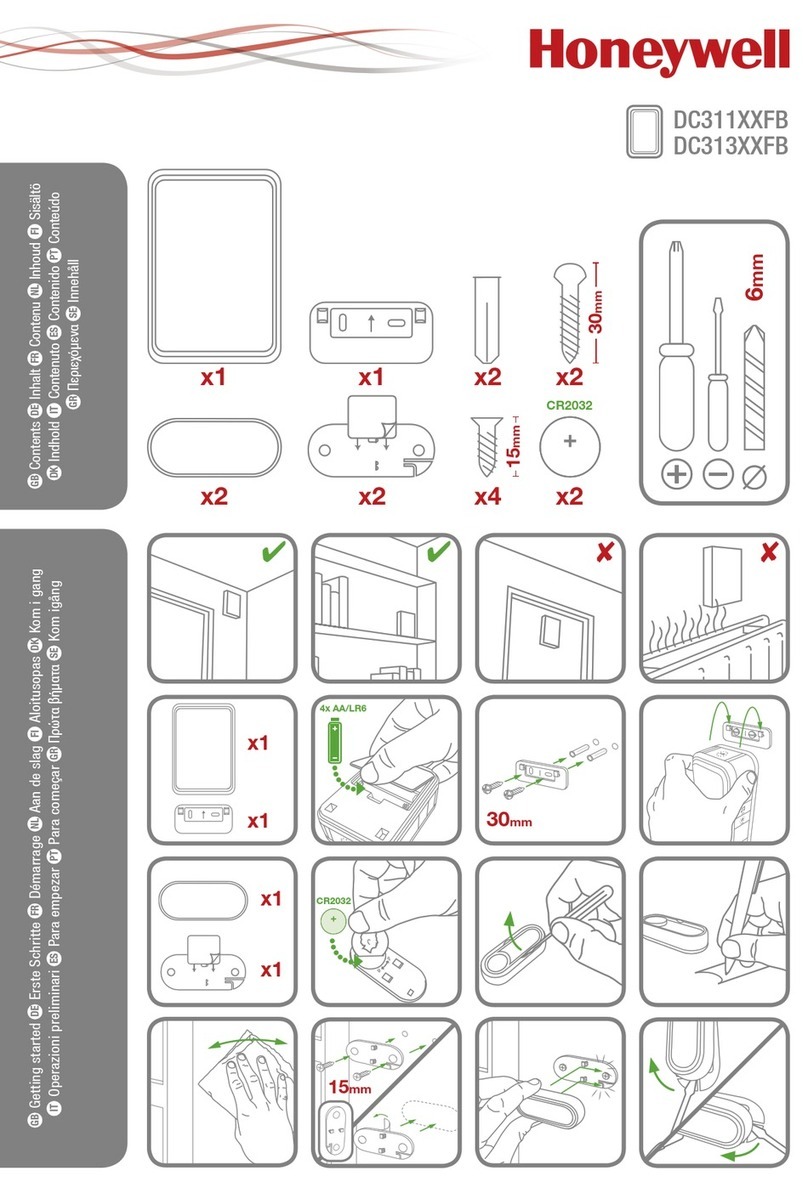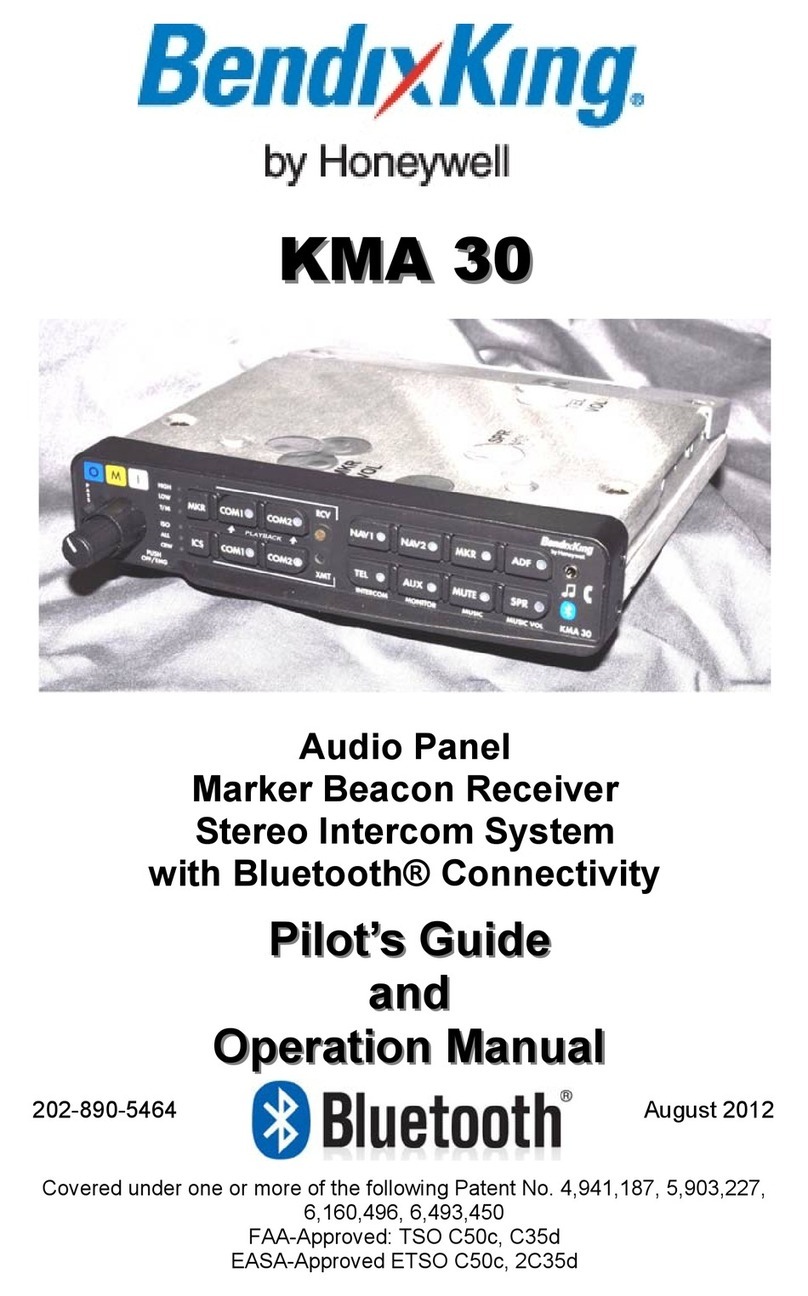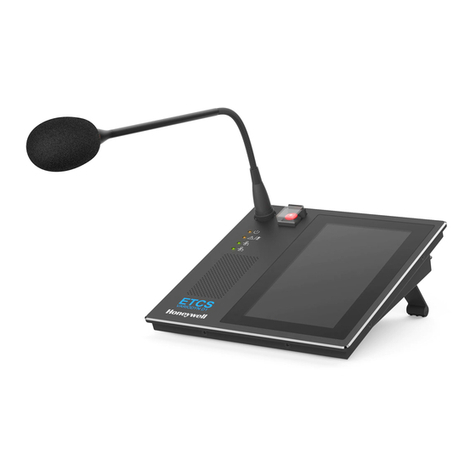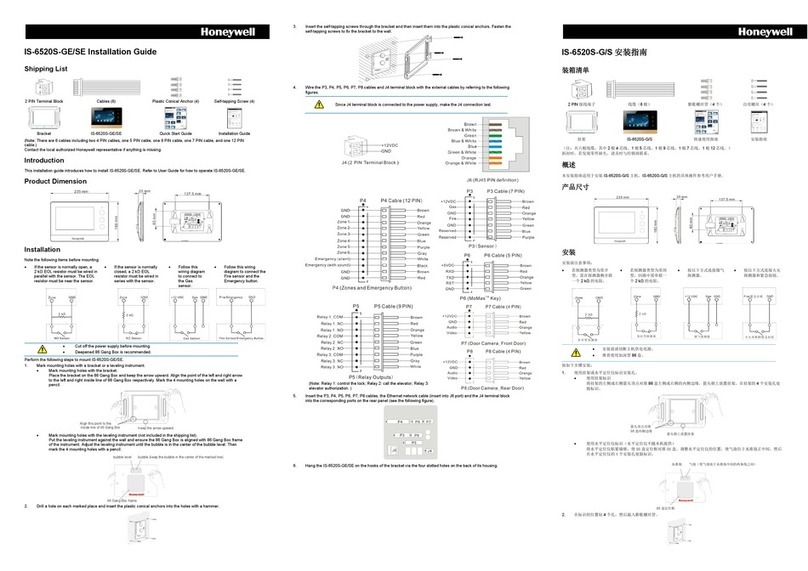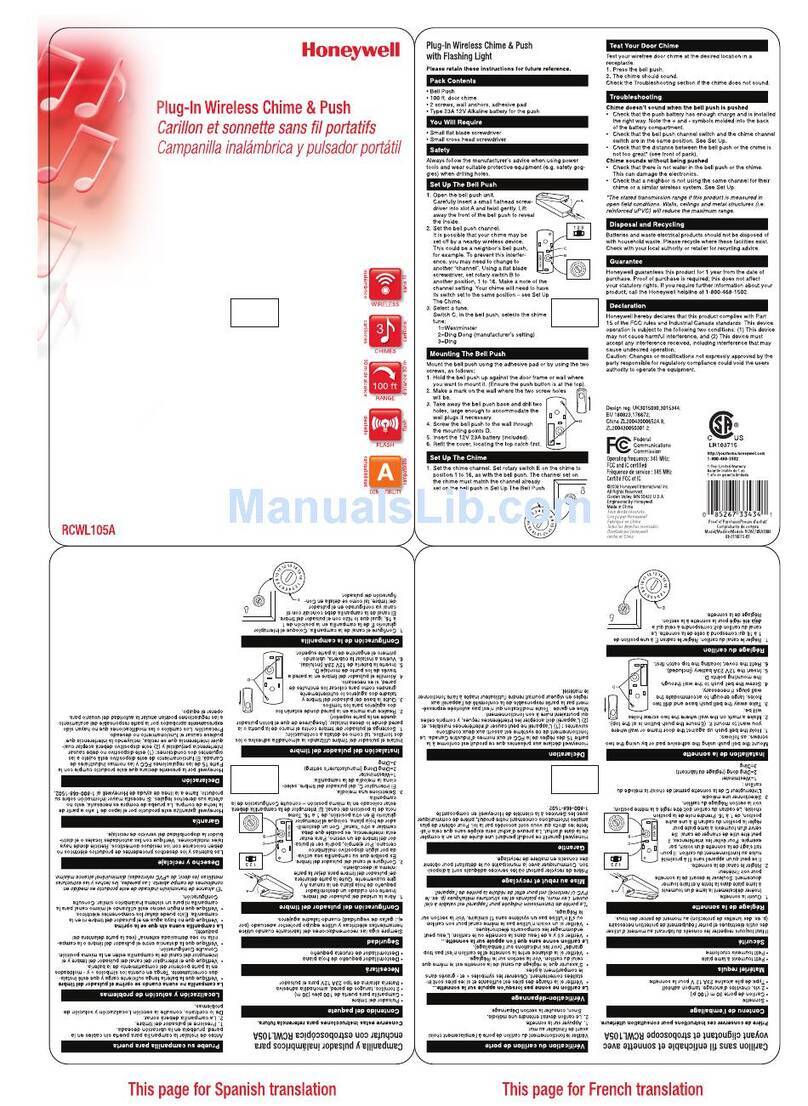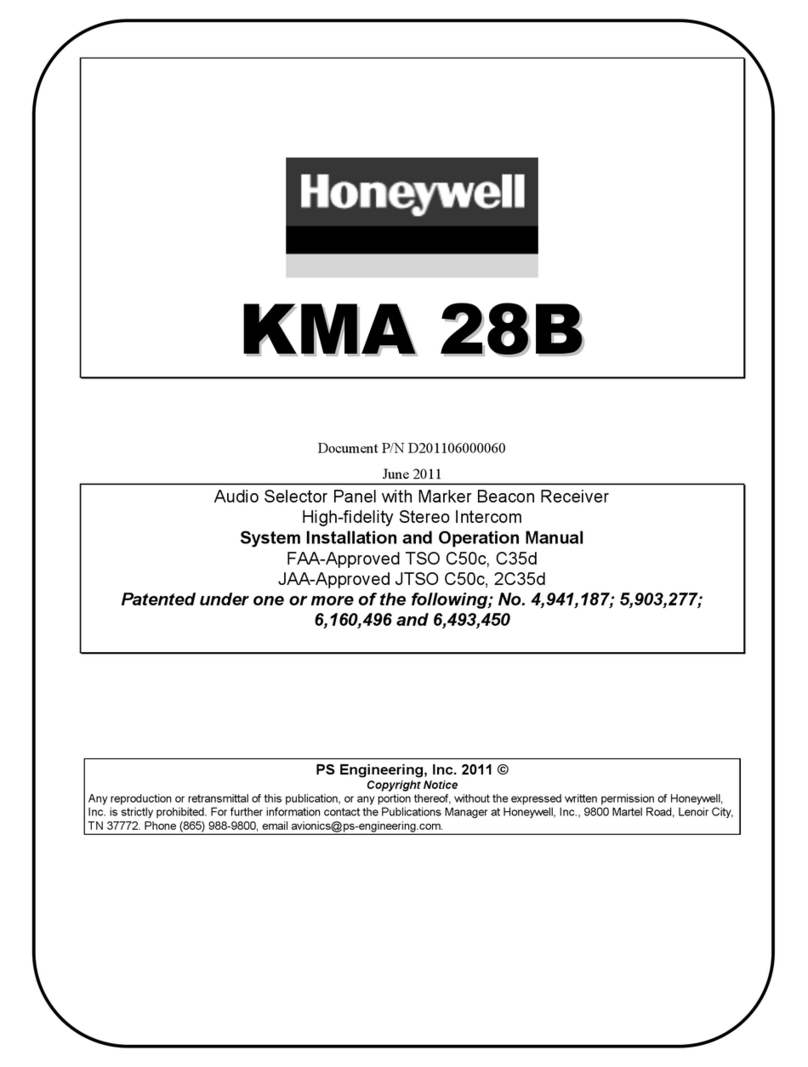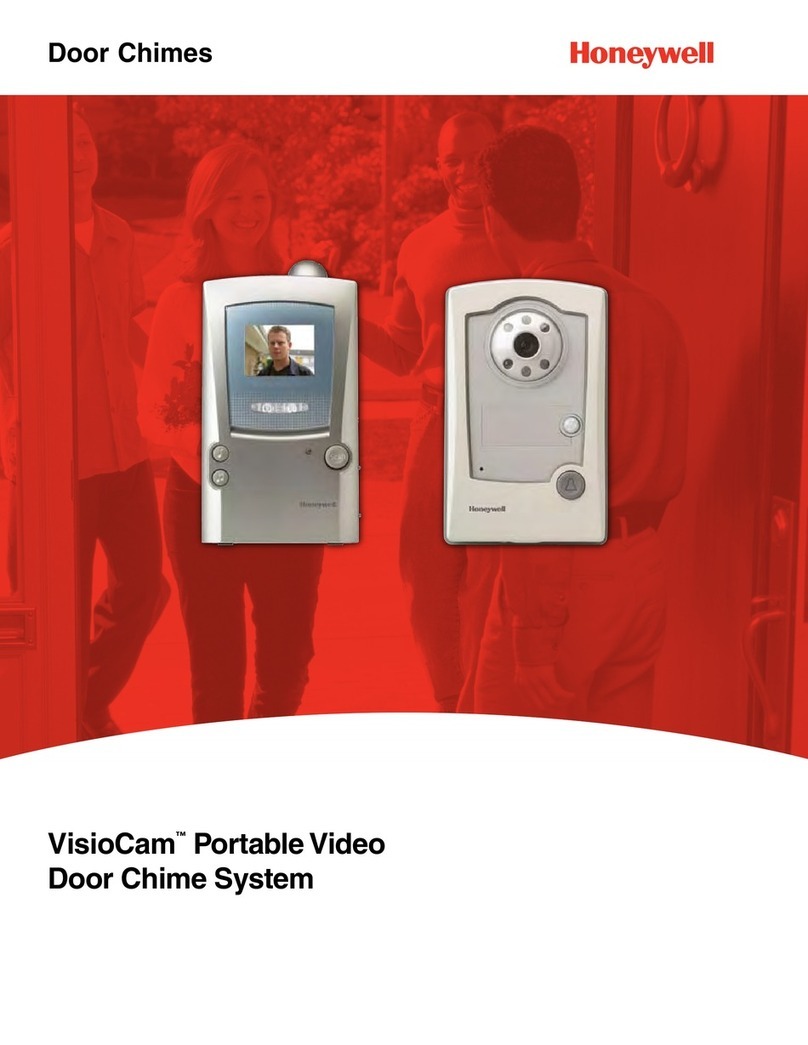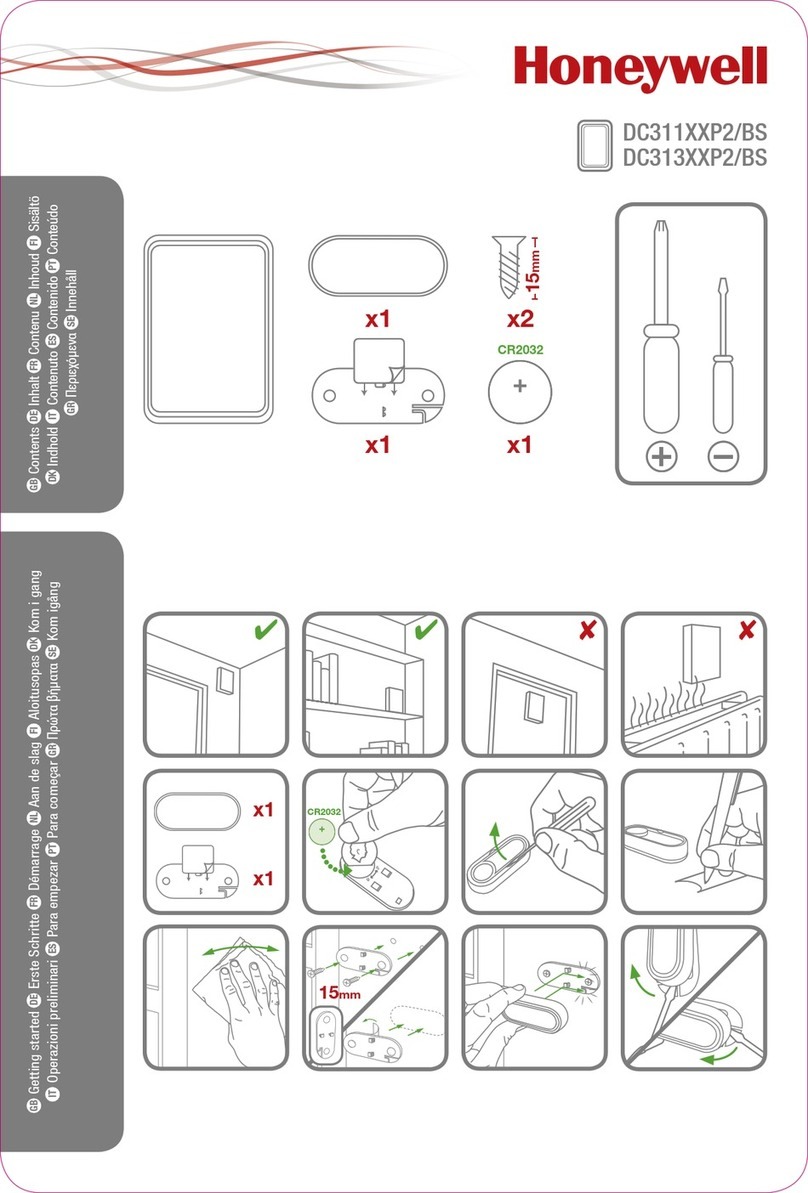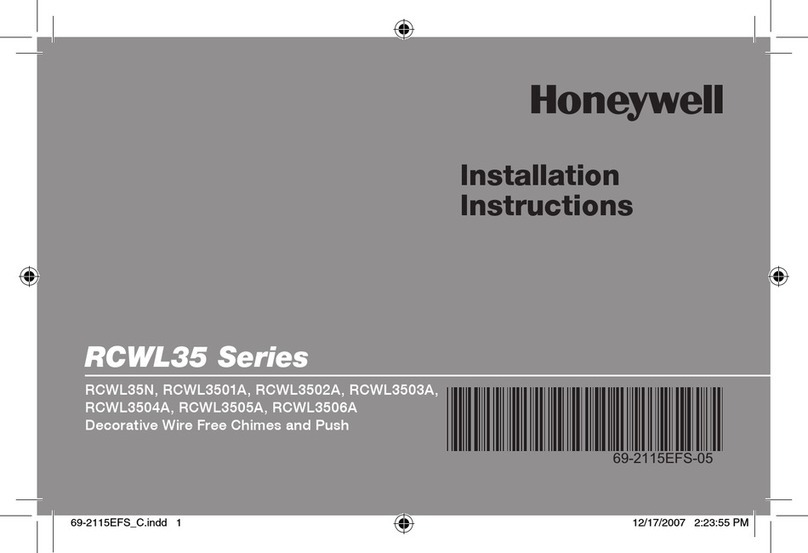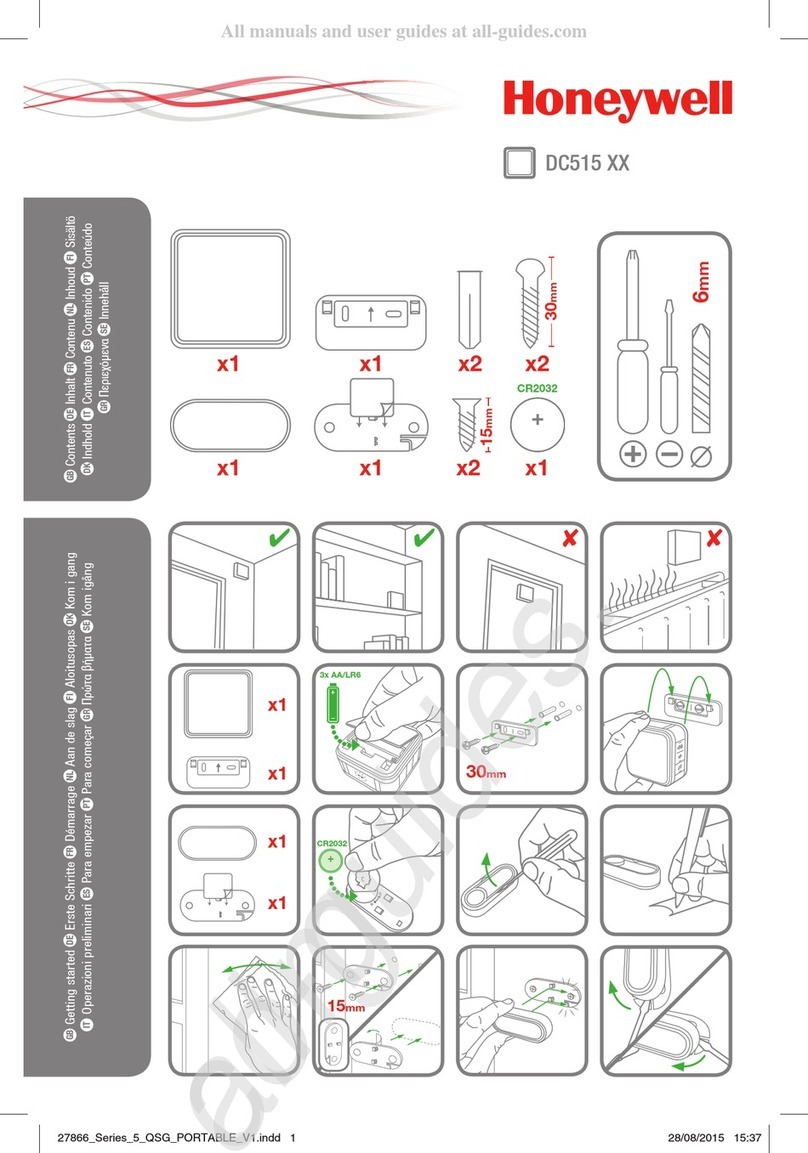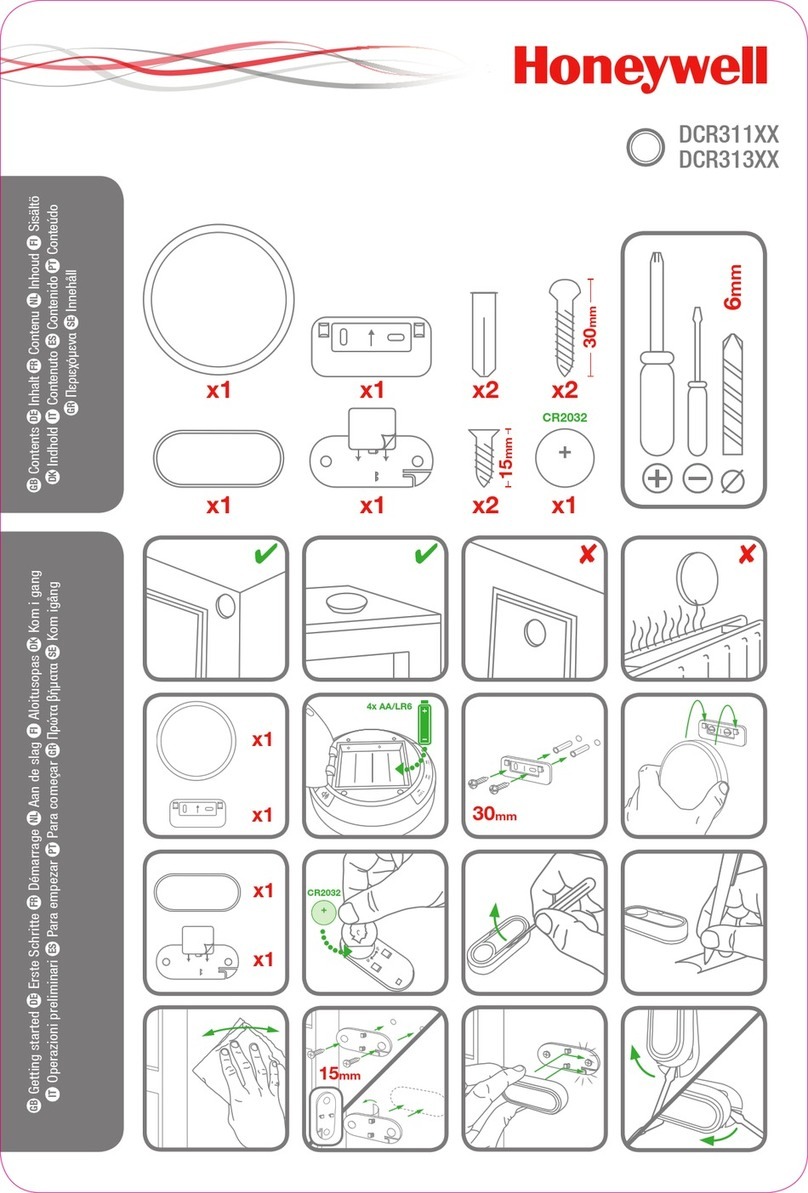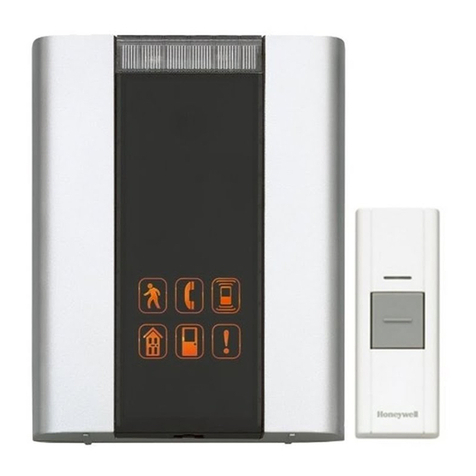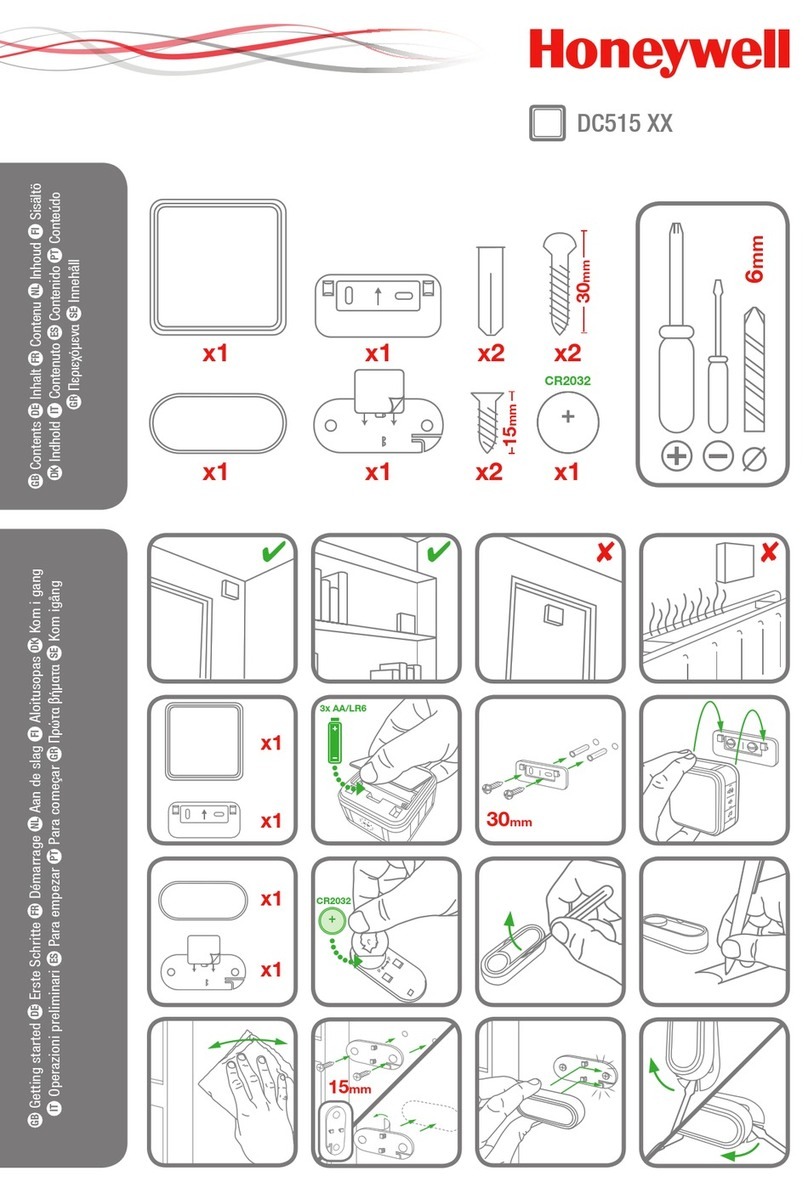Table of Contents
Section I – GENERAL INFORMATION..............................................................1-1
1.1 INTRODUCTION...................................................................................................................... 1-1
1.2 SCOPE ....................................................................................................................................... 1-1
1.3 EQUIPMENT DESCRIPTION ................................................................................................. 1-1
1.4 APPROVAL BASIS ................................................................................................................... 1-2
1.5 SPECIFICATIONS.................................................................................................................... 1-2
1.6 EQUIPMENT SUPPLIED......................................................................................................... 1-4
1.7 EQUIPMENT REQUIRED BUT NOT SUPPLIED .................................................................. 1-4
1.8 OPTIONAL ITEMS................................................................................................................... 1-4
1.9 LICENSE REQUIREMENTS ................................................................................................... 1-4
Section II - INSTALLATION ................................................................................2-1
2.1 GENERAL INFORMATION .................................................................................................... 2-1
2.1.1 SCOPE........................................................................................................................ 2-1
2.1.2 CERTIFICATION REQUIREMENTS................................................................................... 2-1
2.2 UNPACKING AND PRELIMINARY INSPECTION ............................................................................... 2-1
2.3 EQUIPMENT INSTALLATION PROCEDURES ................................................................................... 2-1
2.3.1 COOLING REQUIREMENTS............................................................................................ 2-1
2.3.2 MOUNTING REQUIREMENTS......................................................................................... 2-1
2.3.3 AUDIO PANEL MOUNTING RACK INSTALLATION........................................................... 2-1
2.3.4 AUDIO PANEL TRAY AND CONNECTOR ASSEMBLY....................................................... 2-2
2.4 CABLE HARNESS WIRING ............................................................................................................ 2-2
2.4.1 ELECTRICAL NOISE ...................................................................................................... 2-2
2.4.2 EXISTING GMA340 INSTALLATION .............................................................................. 2-3
2.4.3 POWER ........................................................................................................................ 2-3
2.4.4 AUDIO PANEL INTERFACE ............................................................................................ 2-3
2.4.5 TRANSMIT INTERLOCK................................................................................................. 2-3
2.4.6 BACKLIGHTING ............................................................................................................ 2-4
2.4.7 UNSWITCHED INPUTS ................................................................................................... 2-4
2.4.8 "SWAP" MODE ............................................................................................................. 2-4
2.4.9 TEL (DUPLEX) FUNCTION FOR CELL PHONES .............................................................. 2-5
2.4.10 PUBLIC ADDRESS MODE ............................................................................................ 2-5
2.4.11 PA MUTE (J2, PIN 12)................................................................................................ 2-7
2.4.12 MISCELLANEOUS LOGIC OUTPUT (J2, PIN 18) ............................................................ 2-7
2.4.13 AUDIO ACTIVE OUTPUT ............................................................................................. 2-7
2.5 INTERCOM WIRING ...................................................................................................................... 2-7
2.5.1 ENTERTAINMENT INPUTS ............................................................................................. 2-7
2.5.2 ENTERTAINMENT MUTING............................................................................................ 2-7
2.5.3 CONFIGURING MUSIC INPUT WITH FUNCTION KEYS ..................................................... 2-8
2.5.4 PLAYBACK BUTTON INSTALLATION.............................................................................. 2-8
2.6 MARKER BEACON INSTALLATION ............................................................................................... 2-8
2.6.1 MARKER ANTENNA INSTALLATION .............................................................................. 2-8
2.6.2 EXTERNAL MARKER LIGHTS........................................................................................ 2-9
2.6.3 MIDDLE MARKER SENSE ............................................................................................. 2-9
2.7 ADJUSTMENTS ............................................................................................................................. 2-9
2.8 COMMUNICATIONS ANTENNA INSTALLATION NOTES ................................................................ 2-10
2.9 KMA 30 PIN ASSIGNMENTS ....................................................................................................... 2-11
2.10 WIRING CHECKOUT ................................................................................................................ 2-12
2.11 UNIT INSTALLATION ................................................................................................................ 2-12
2.12 OPERATIONAL CHECKOUT ...................................................................................................... 2-12
